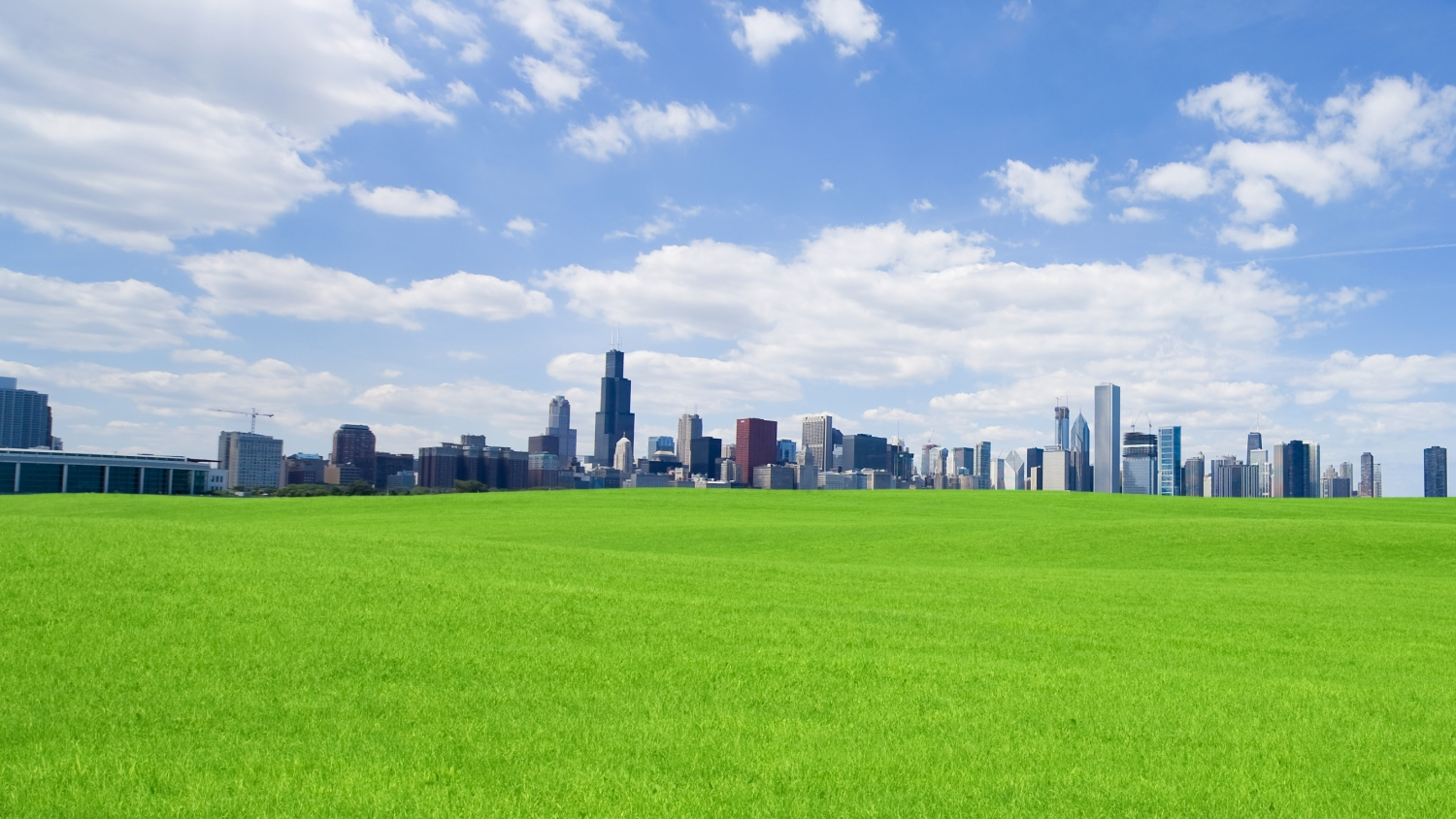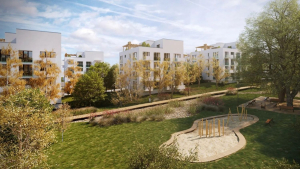
Sustainability is top of the agenda this year at Davos as governments and businesses around the world are grappling with ways to combat climate change. Of the four global issues the World Economic Forum has said “clearly stand out as urgent and important” at the annual meeting in Switzerland, the first two are how to address environmental challenges harming our ecology and economy, and figuring out how to transform industries to achieve more sustainable business models. The built environment has a huge role to play in developing and implementing solutions, with technology, investment and robust governance central to success, according to the City Momentum Index report from JLL.
“Cities are being forced to adapt at a pace and scale never experienced before, with huge pressures to move to a low-carbon future and to respond to climate change, rapid economic transition and shifting quality-of-life expectations,” says Jeremy Kelly, global research director at JLL.
Here are four ways the real estate industry has been helping work toward a more sustainable future.
Building with wood
Engineered timber buildings are sprouting up the world over. The reason for the wooden construction boom: greater sustainability. Producing concrete and steel is highly carbon-intensive. By contrast, trees capture and store carbon dioxide as they grow – around one ton per cubic meter – making mass timber a much more climate-friendly building material.
As a bonus, wooden buildings also look great.
“Developers are starting to realize that wood provides an inviting workplace environment that people want to go to every day,” says Les Medd, senior vice president of Project & Development Services at JLL. “And that adds to their well-being, their productivity, and the overall success of the office space itself.”
Retrofitting assets
Ambitious new regulations on carbon emissions, increasing urbanization and a growing understanding of the realities of climate change are leading investors to consider the environmental resilience of their assets.
One response has been to future-proof buildings through retrofitting.
“Green retrofitting existing buildings, while potentially of higher cost in the short term, creates more resilient, competitive assets in the long term while delivering measurable return on investment,” Dana Robbins Schneider, managing director of JLL Energy and Sustainability Projects in the U.S. “Not doing so could prove costly – with divestment in the future harder to achieve.”
Using technology
Finding ways to make buildings – from offices to homes – run more efficiently can make a big difference in terms of sustainability. From smart windows that minimise energy usage to microgrid-generated renewable power, ever-advancing technology is coming up with innovative potential solutions.
“Smart technology can significantly help to create an attractive, customized workplace environment, as well as enhance the efficiency of building operations,” says Tomasz Mizera, CRE Technology Delivery Director, JLL. “It has huge potential for helping tenants get the most from their space, save on operational costs and meet their sustainability goals.”
Investing responsibly
Institutional and private equity investors are becoming increasingly conscious of the social and environmental impact of their investment decisions, as well as the financial returns.
This has seen a growing focus on affordable housing and renewable energy. And while Environmental, Social and Governance (ESG) pillars and sustainability ratings are giving investors more overview of the environmental impact of their portfolios, this is only the start.
“Investors will increasingly look for opportunities to invest and to be a force for good,” says Philip Hirst, Director, Upstream Sustainability Services, JLL. “That will stretch across a range of sectors where investments can have a positive social, and environmental, effect. Real estate – in all its forms – has a massive impact on both.”



